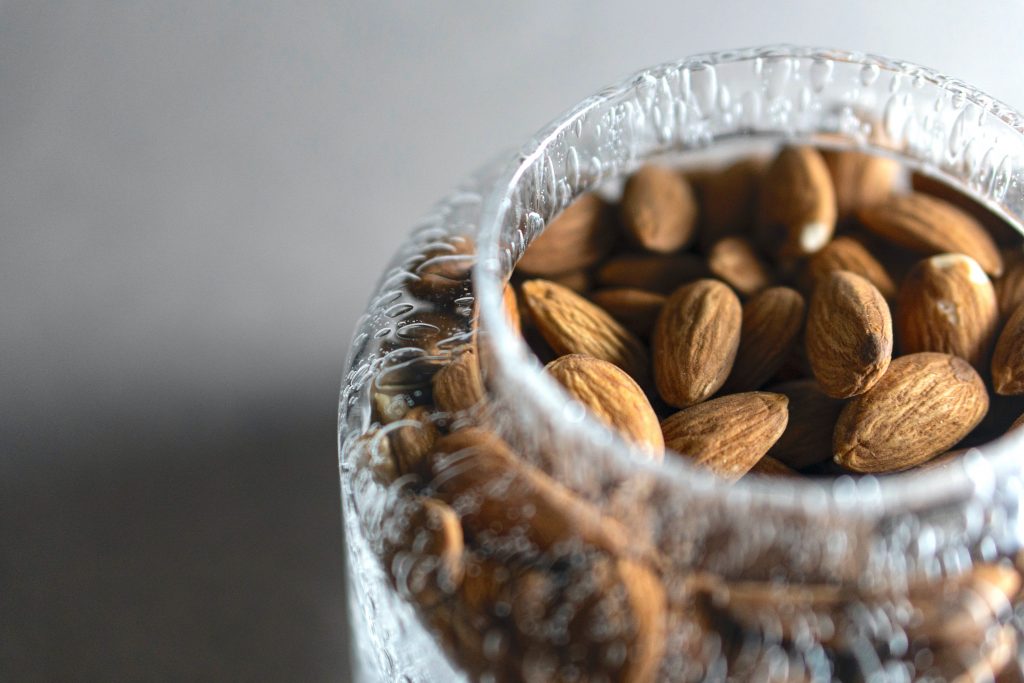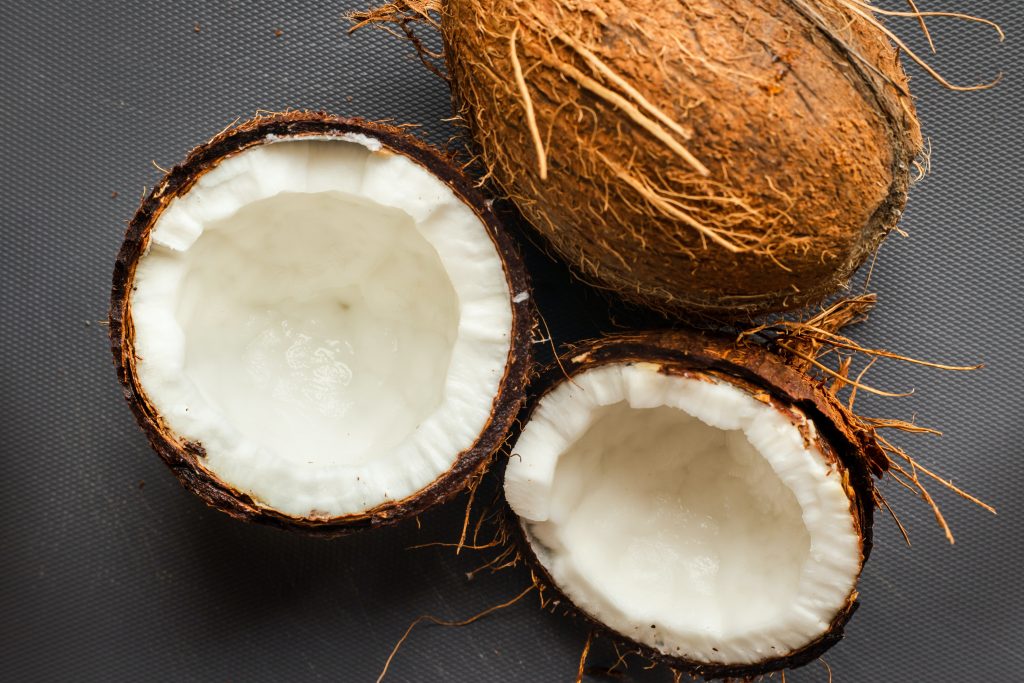Flour is great because it gives us the ability to make some of the best things in life: desserts! But as great as it is, constant consumption has proven to be detrimental to our health.
The good news is that we don’t have to give up our love for sweet treats in order to lead a healthier lifestyle!
We can actually tweak those recipes we love the most to make them healthier, giving us the opportunity to treat ourselves while also being mindful of our overall health and wellbeing.
Here are the top flour alternatives that will make your dessert equally (if not more!) delicious:
Almond Flour

Almond flour is made from ground almonds. However, it’s sometimes confused for another almond alternative: almond meal.
The two differ in texture. Almond flour is made from almonds that have undergone the process of blanching in hot water to remove the skin before being ground, thus creating a fine flour.
On the other hand, almond meal is a coarser flour, since the almonds are ground with their skin on.
Almond flour is rich in protein, Vitamin E, and unsaturated fat. It’s usually a great replacement to use on baked goodies like cookies and brownies. Especially if you love the taste of almonds.
It does make your pastries have a different texture than regular flour, so it’s better to use almond flour when desiring its specific texture and taste, instead of expecting it to deliver an equal experience to regular flour.
Almond flour is usually a 1-to-1 ratio replacement for regular flour.
Coconut Flour

Coconut flour is made from coconut flesh that has been separated from the water, dried, baked, and ground into a soft and fine powder.
If you’re looking for a gluten-free alternative to flour, coconut flour is a great option. Plus, it’s high in fiber, which can be beneficial to you.
When using coconut flour, keep in mind that it’s not a 1-to-1 ratio replacement for regular flour.
If you want to use coconut flour as a substitute in a recipe that requires the use of regular flour, you will most likely need to adjust by adding more wet ingredients or eggs.
The best types of recipes to make using coconut flour are those that require a wet batter, which is why banana bread is a great option.
For this reason, the best way to go when you want to use coconut flour is to search for an existing recipe that uses coconut flour. For example, if you want to make banana bread, search for “coconut flour banana bread.”
This way, you can find recipes with the right ingredients and ratios to give you the best results!
Chickpea Flour

